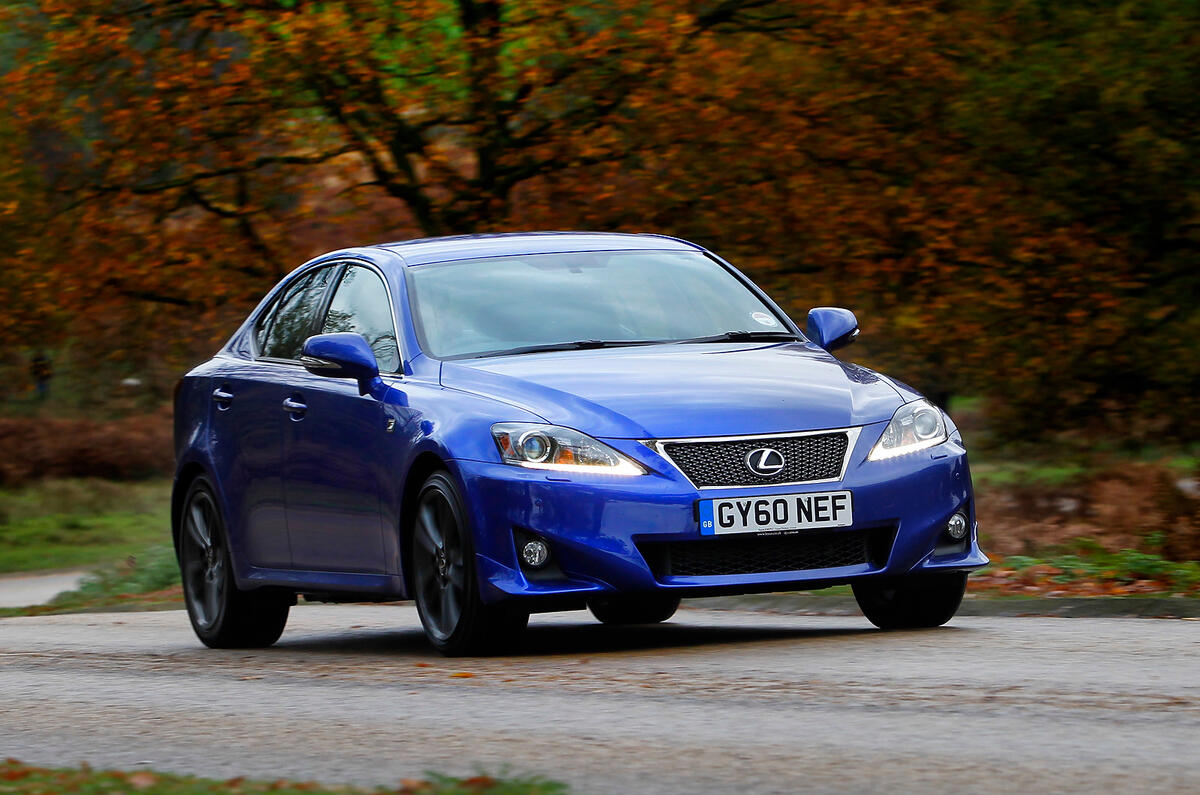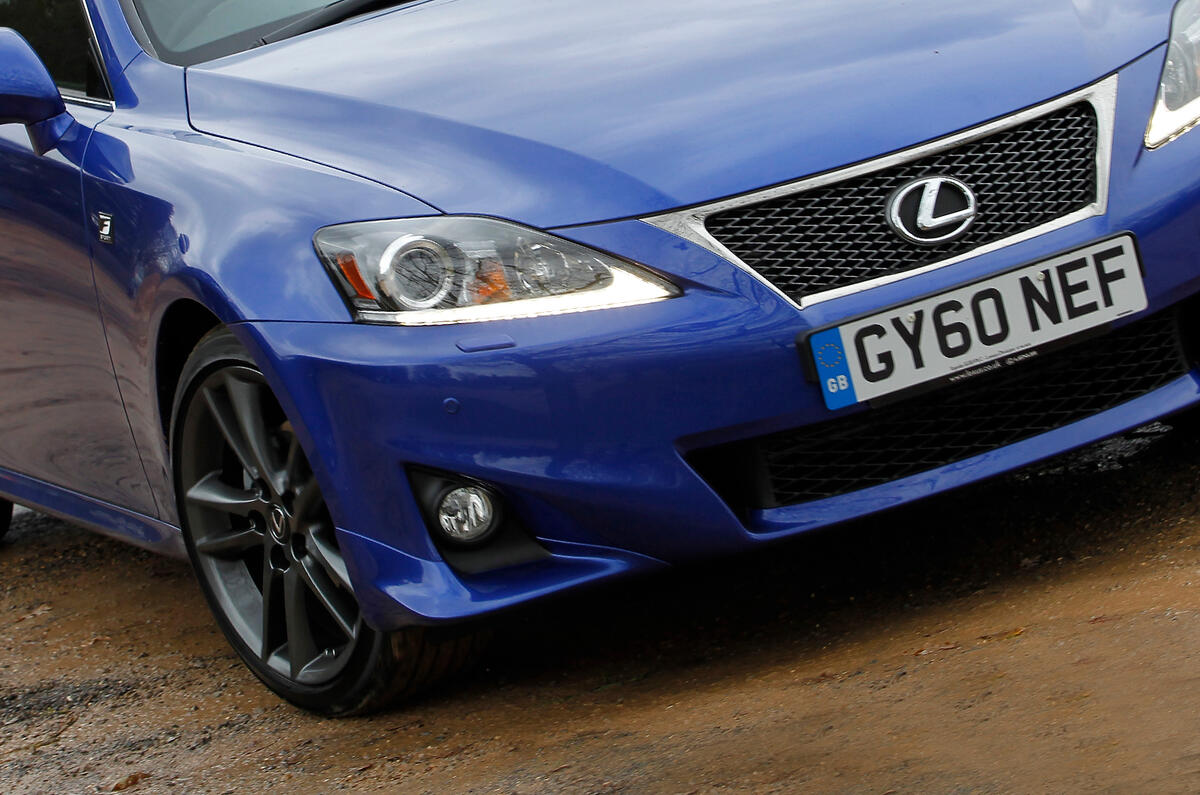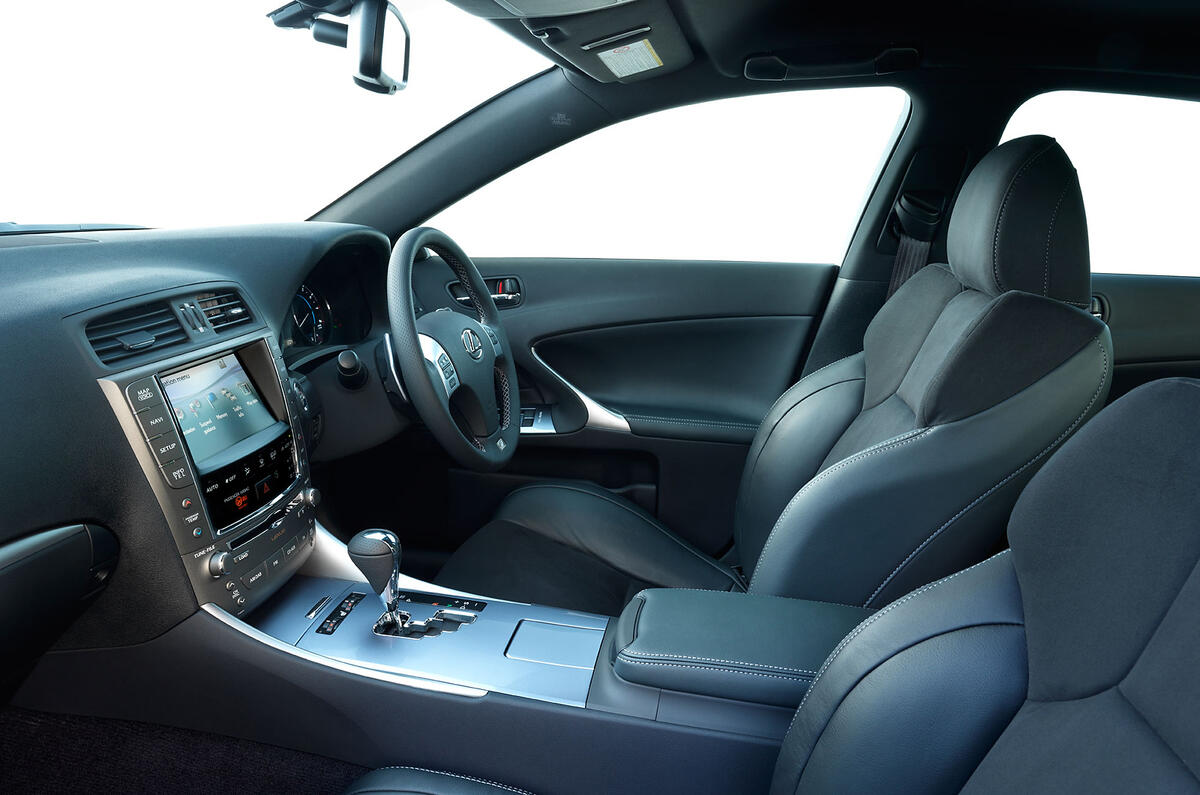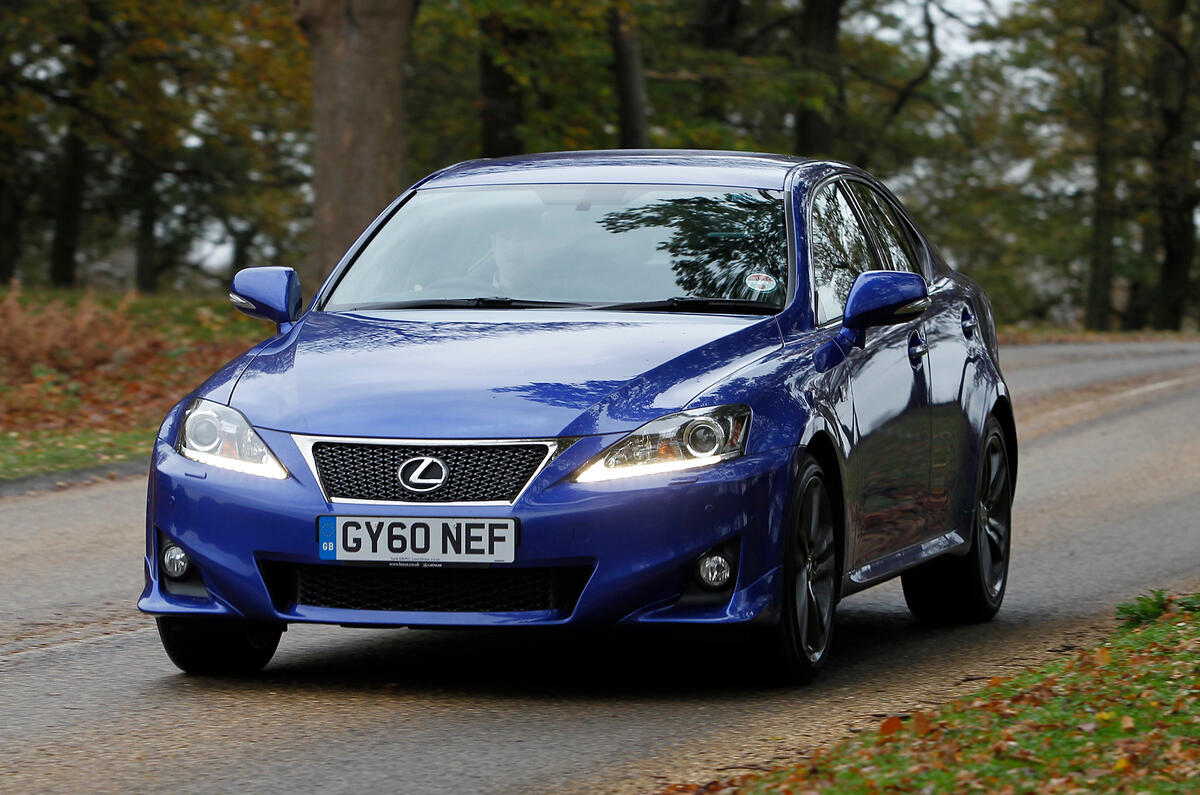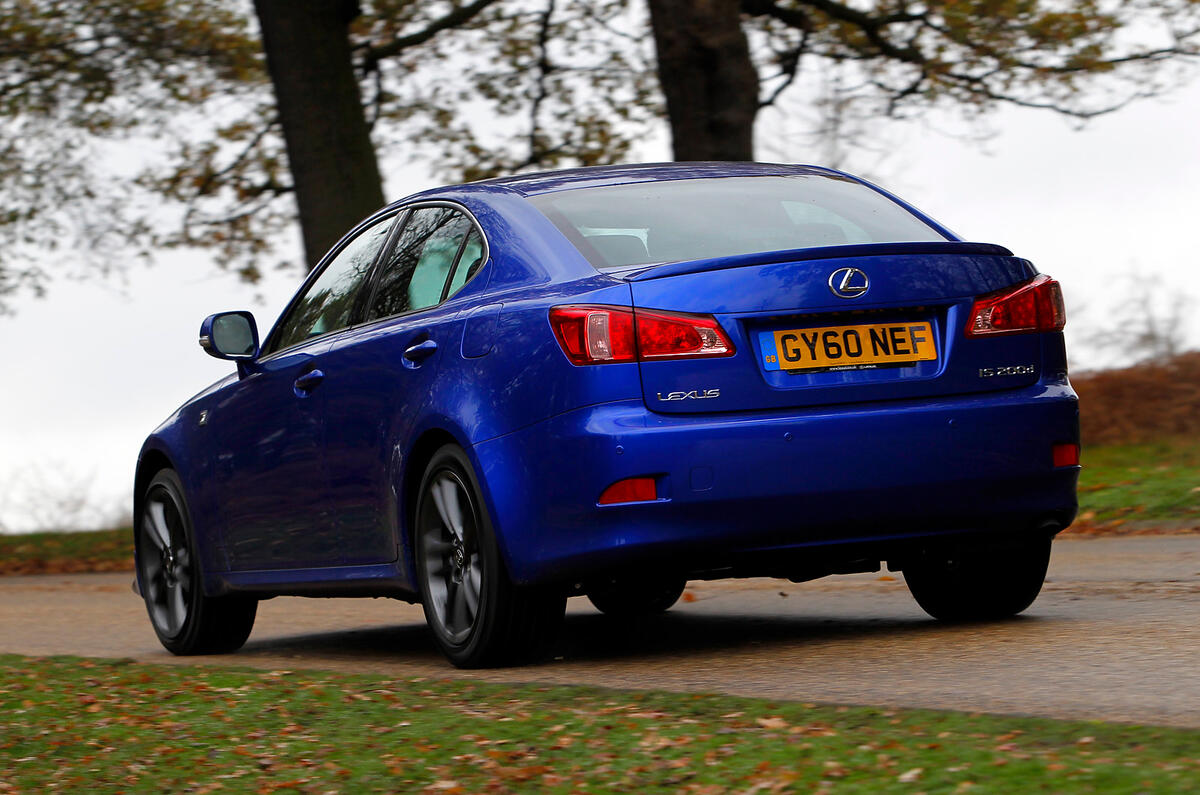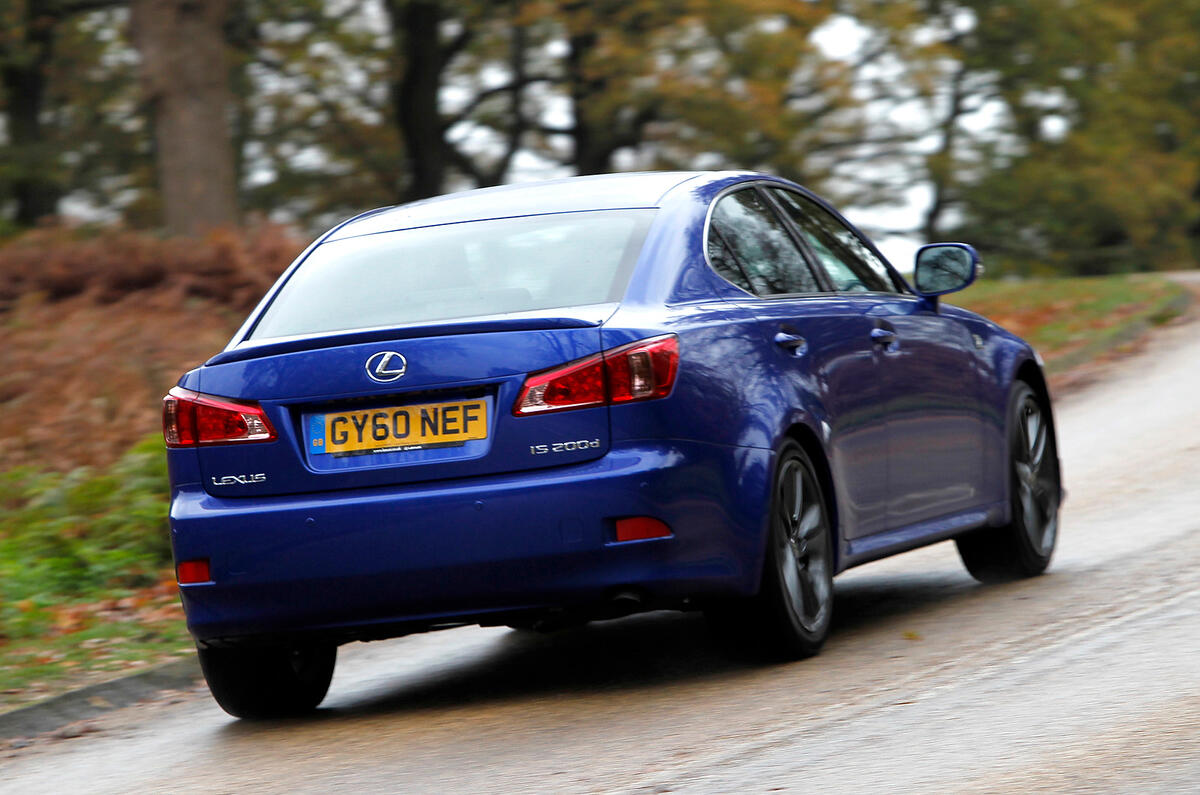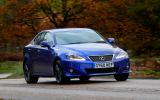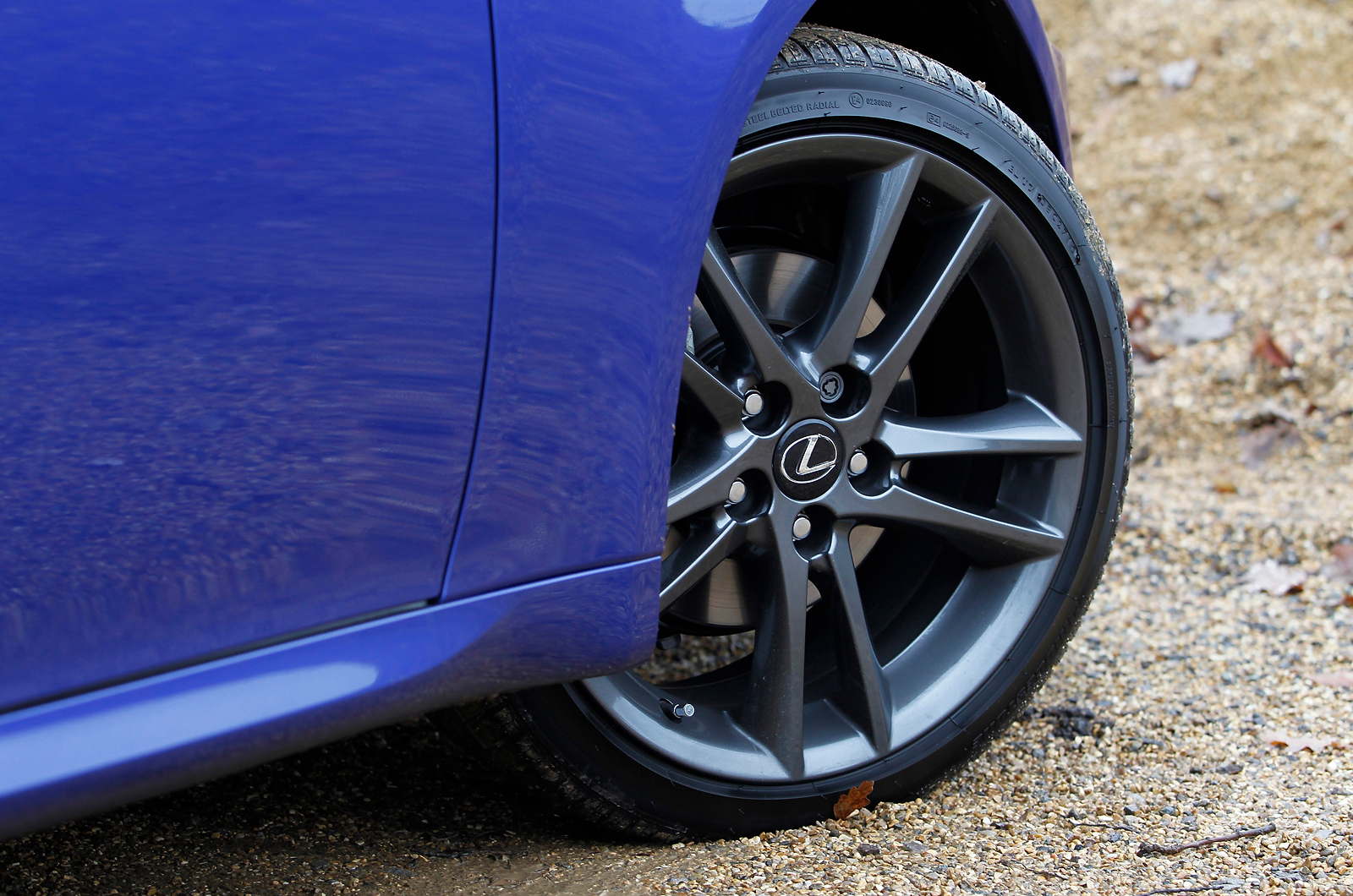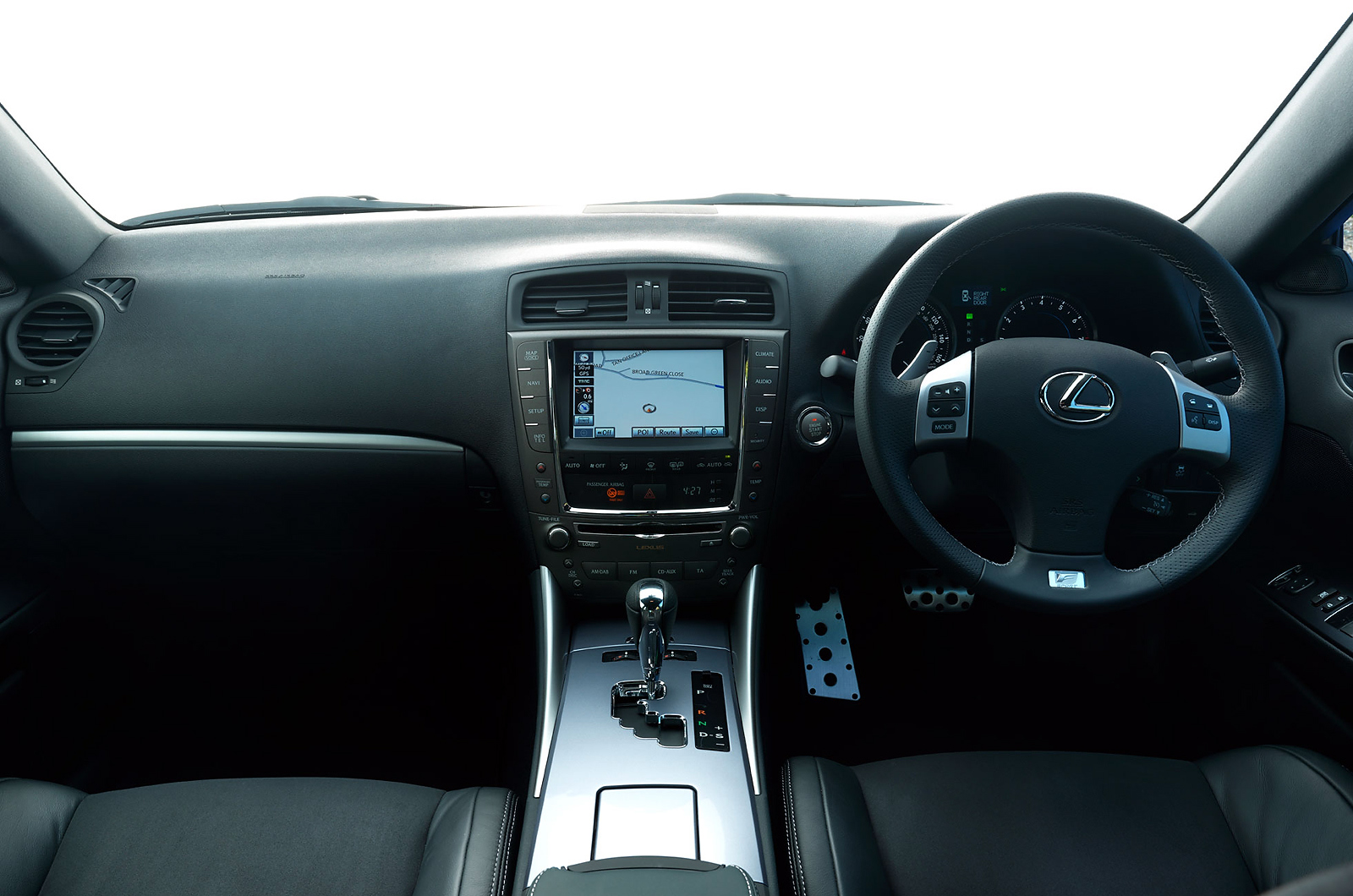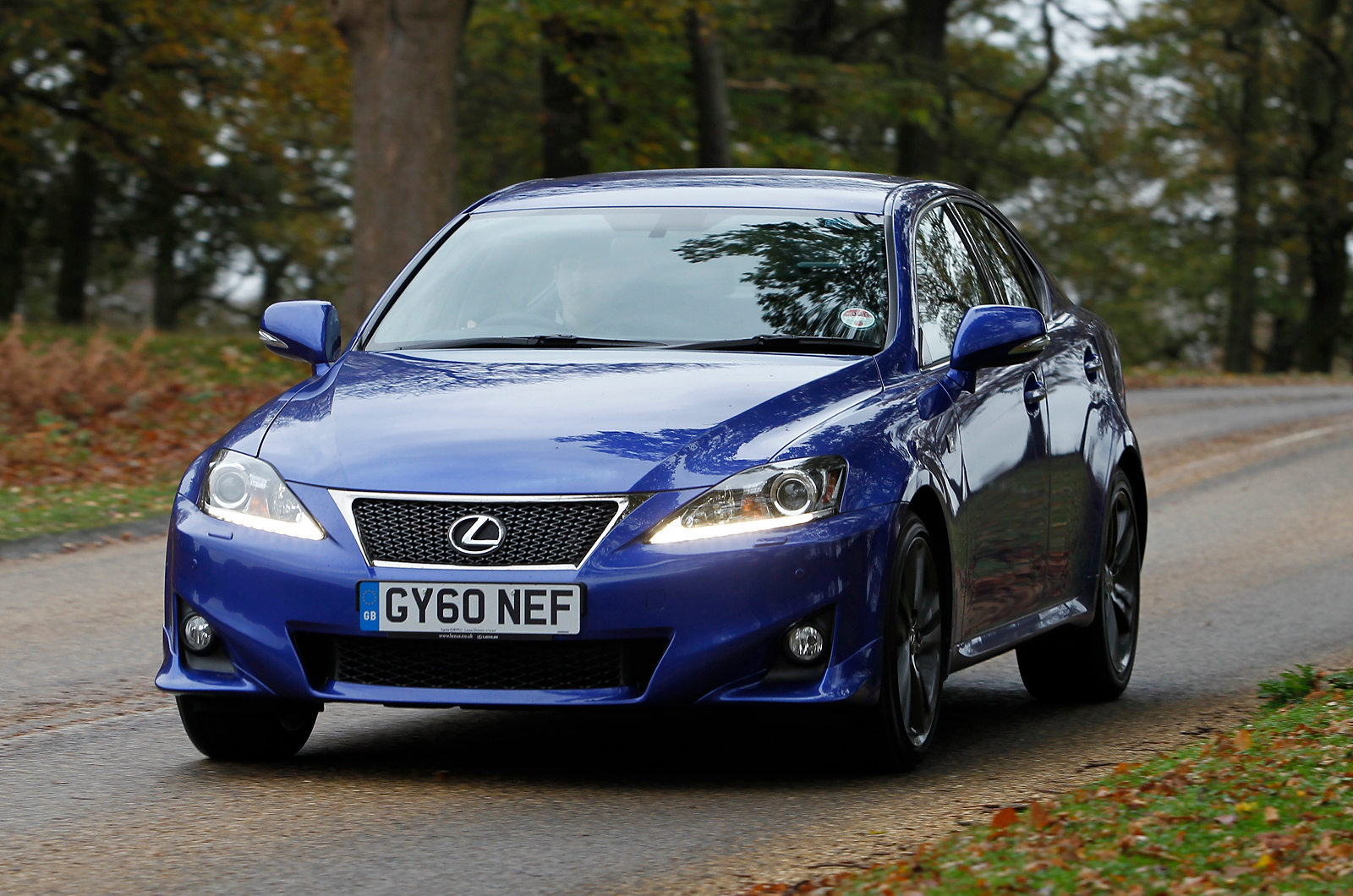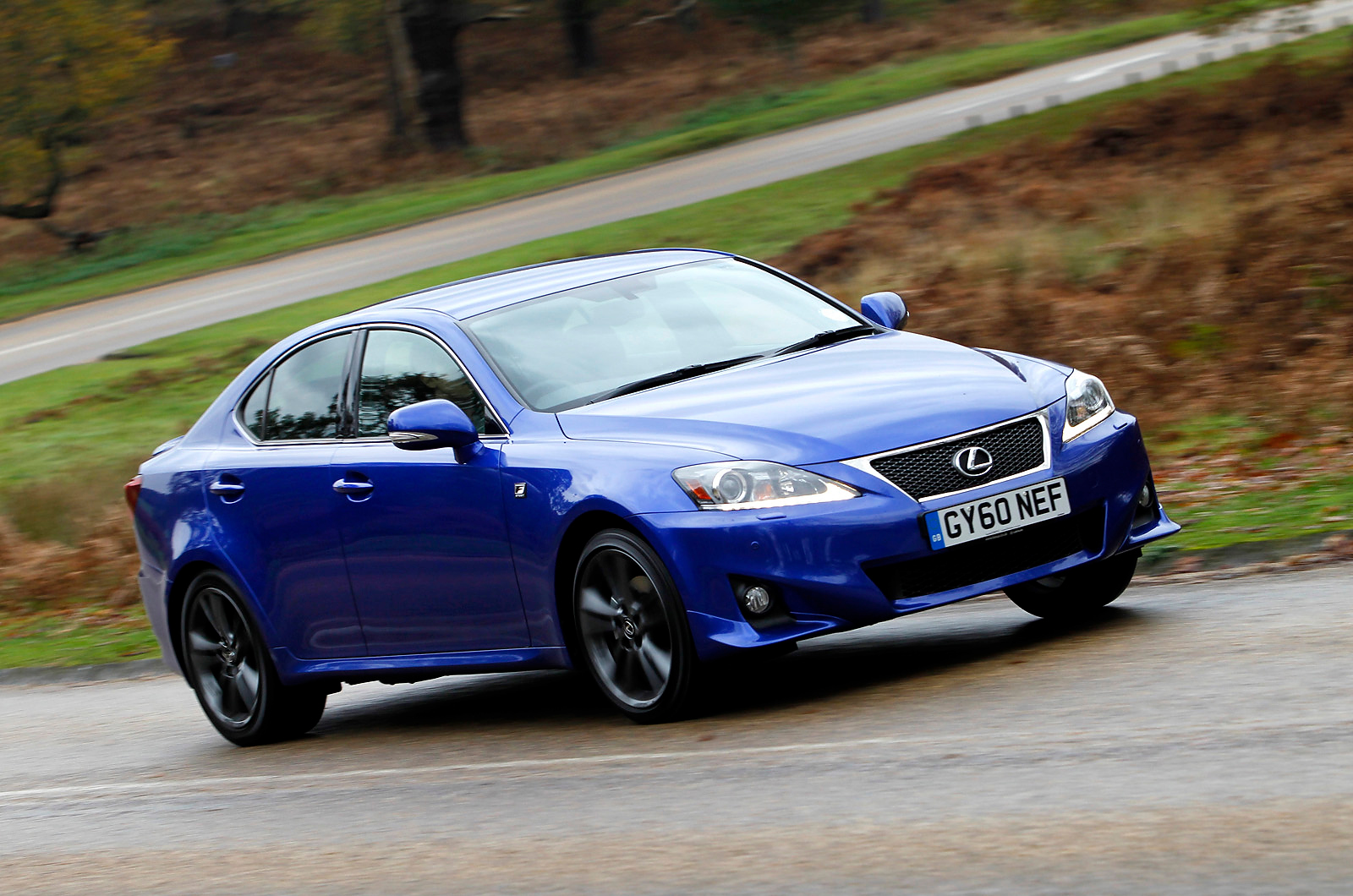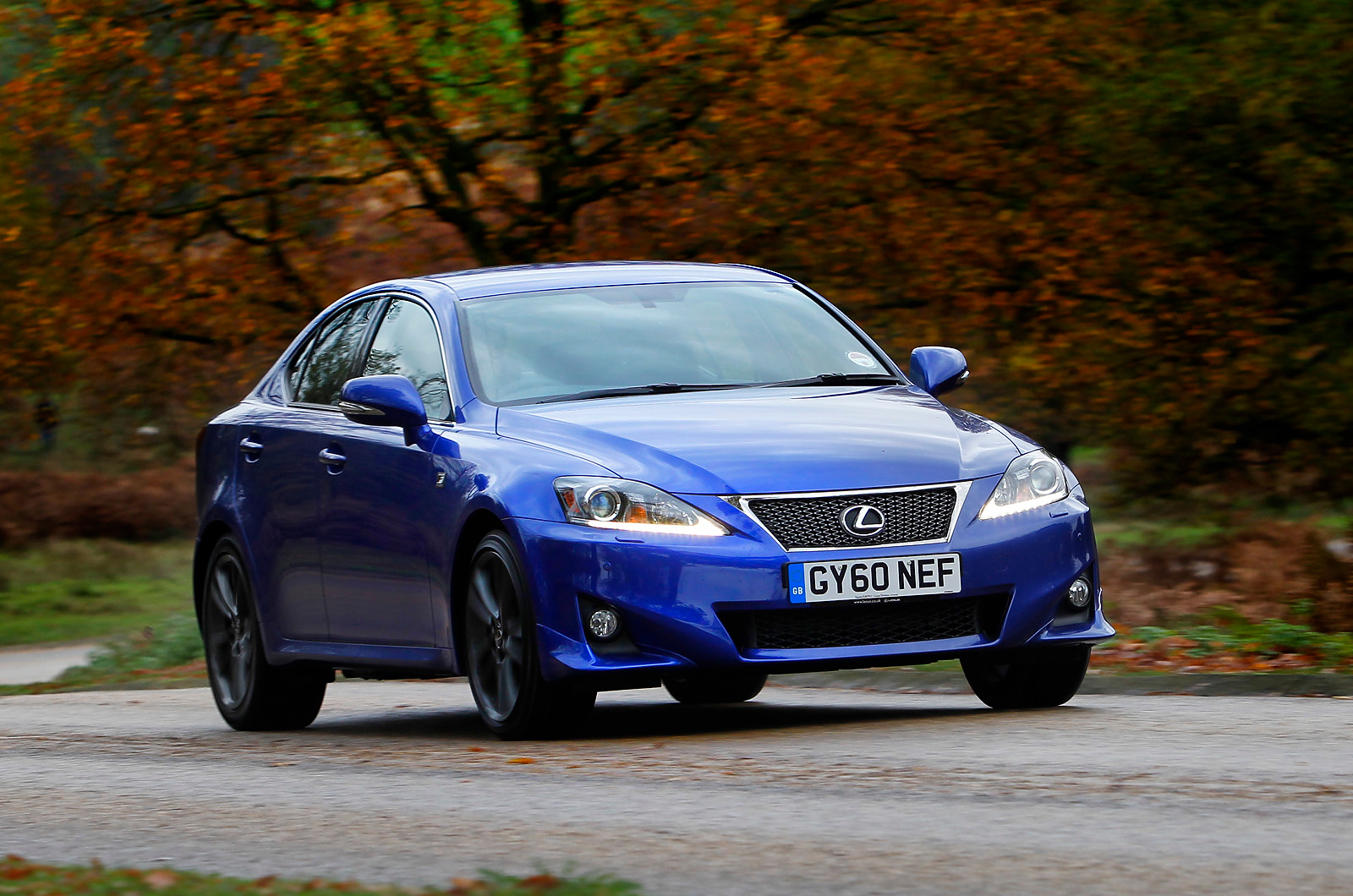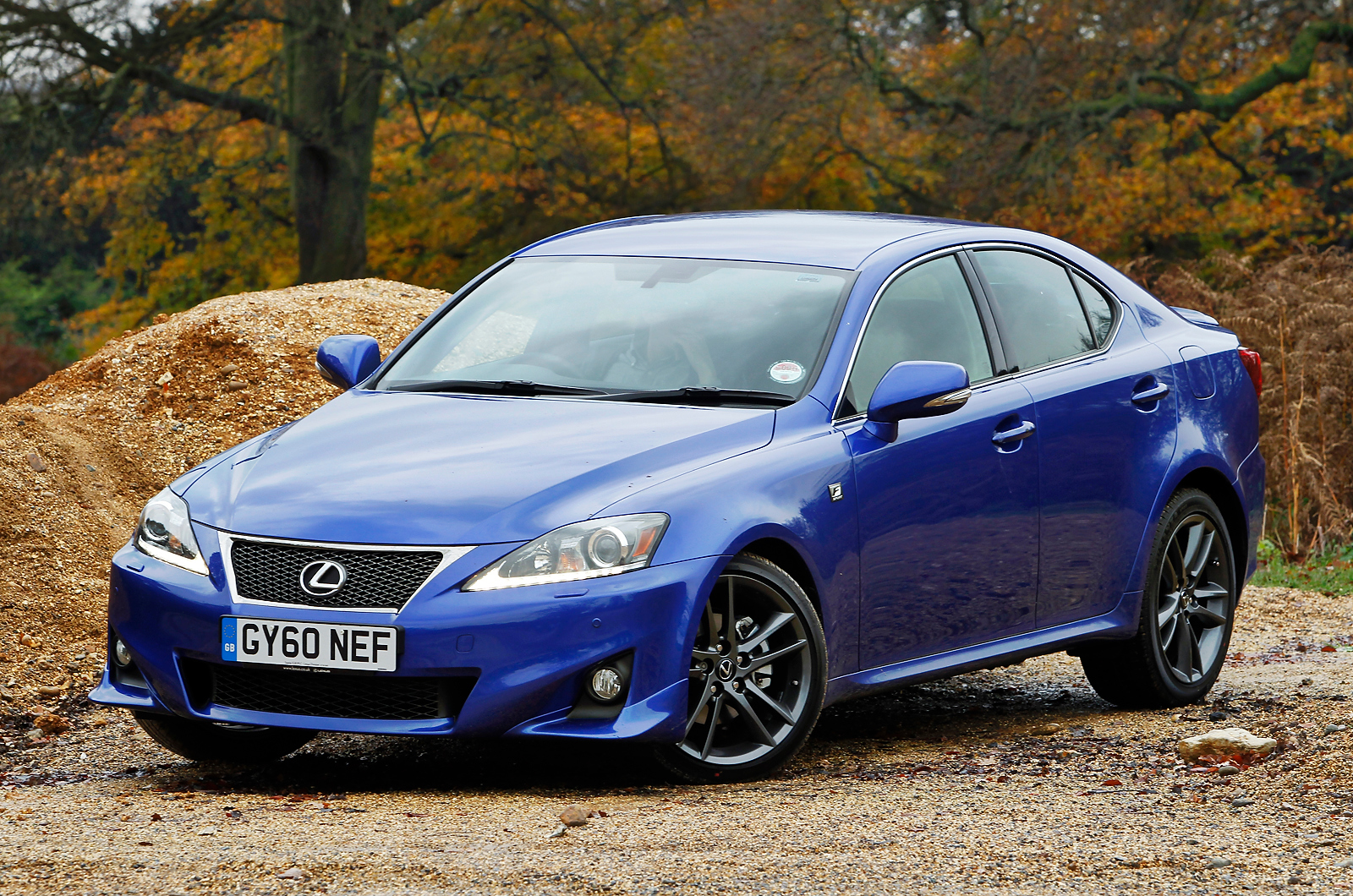By its own admission, Lexus has been happy to be the luxury brand with the least easily defined image during its time in the UK market, particularly with the IS. It has meant that while you need to be a certain sort of person to want, say, a BMW, anyone might have a Lexus on their shopping list.
It’s more than a little telling that not only do lead characters in shows as gritty as Spooks and Waking The Dead drive Lexus cars, but so, too, do rather more lightweight comedic small screeners such as Martin Clunes in Doc Martin and that most famous of all fictional Lexus – or Lexi – drivers, Alan Partridge.
These product placements have been made because Lexus has twigged that to want a Lexus, first you must know what one is. And this very anonymity with which Lexus had been so comfortable is responsible for the fact that, in the UK, the marque had a brand recognition of just six percent before this generation of the IS turned up.
Lexus decided that it needed to embrace the automotive mainstream and with this IS, a car that brought with it Lexus’s first diesel – and four-cylinder – engine. Other firsts include a convertible version and a V8 sports saloon to rival the BMW M3.
In the case of the big-selling diesel, is this a big leap for the Lexus faithful, brought up to believe that refinement was the one Lexus immutable? Maybe, but we have seen already that Lexus needs to widen its scope beyond the narrow traditional confines.


